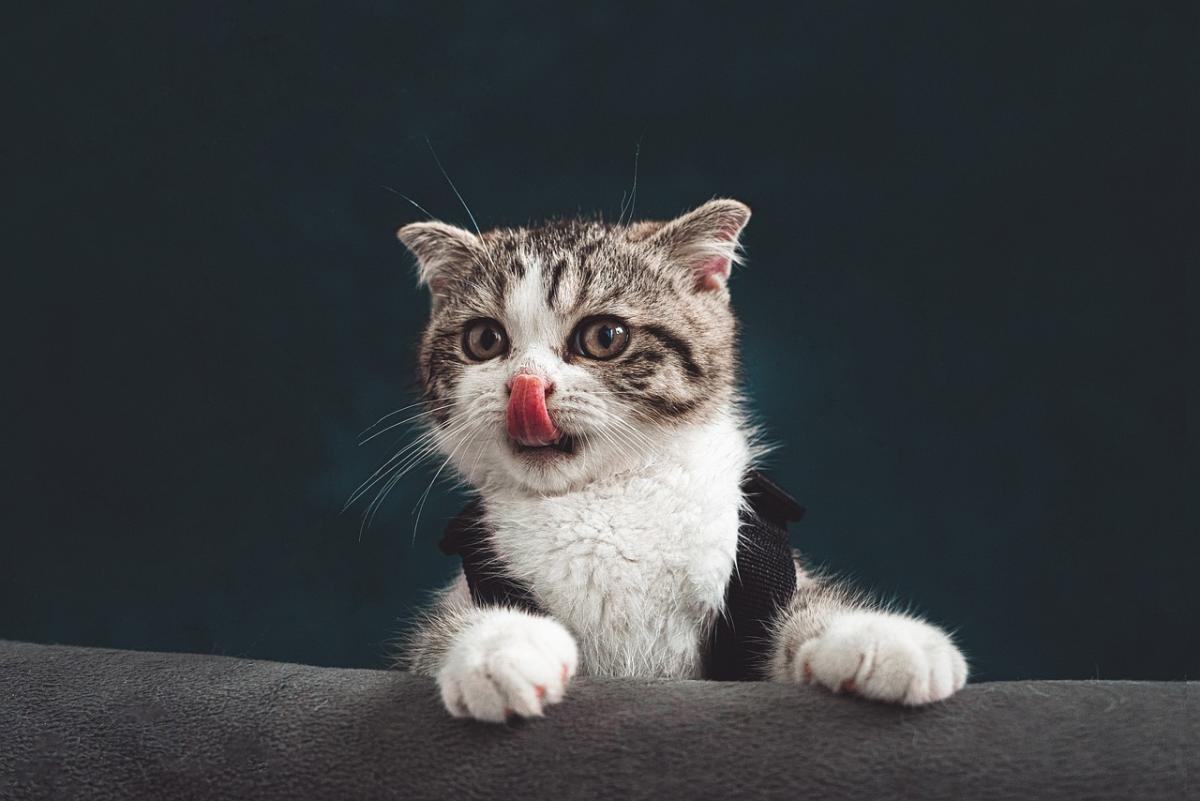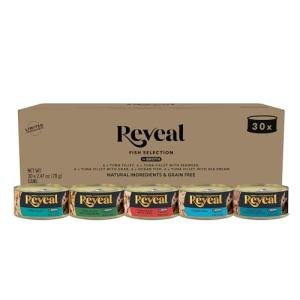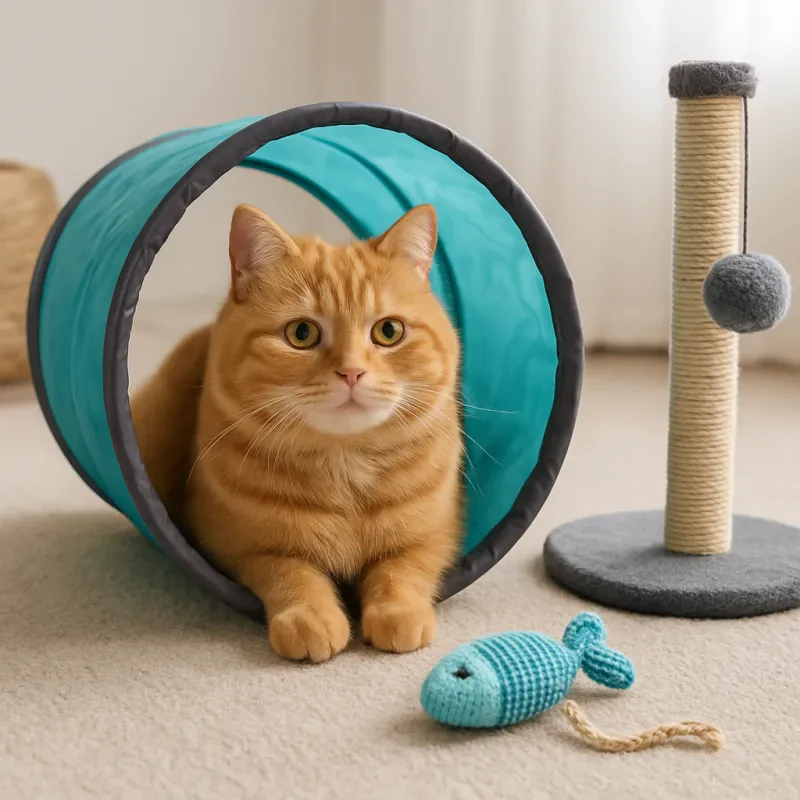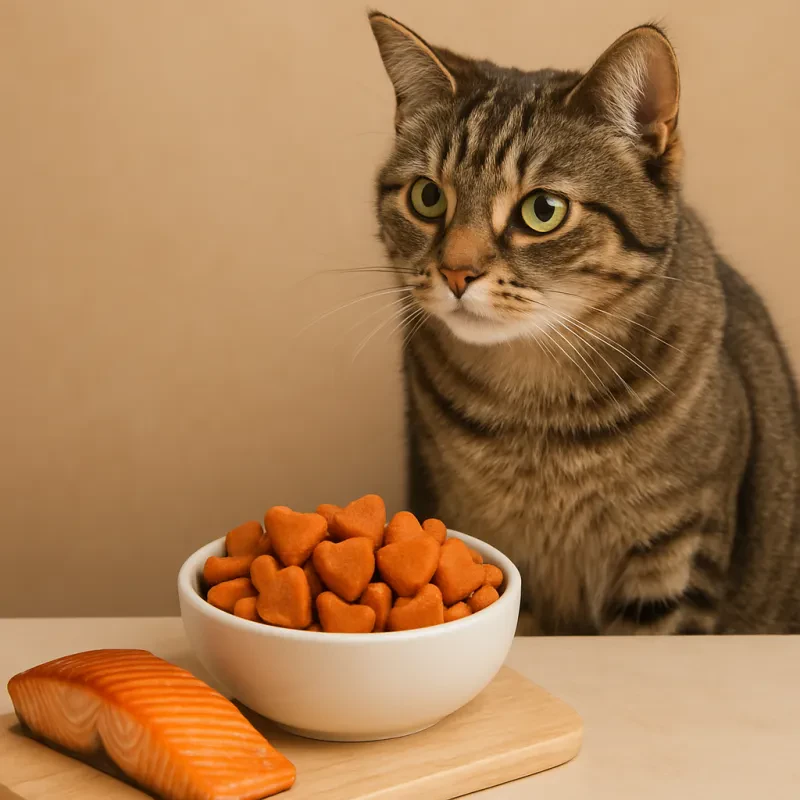Raw cat food is exactly what it sounds like: a diet that mimics what cats would eat in the wild. Think fresh, uncooked meats, organs, and even some bones. It's all about getting back to their natural instincts and giving them the nutrients they need without any of the fillers you find in many commercial cat foods.
Many cat owners are switching to raw diets because they want to provide their furry friends with a more nutritious option. Raw cat food is packed with protein, which is super important for muscle development and overall health. Plus, it often contains fewer carbohydrates than processed foods, which can help reduce the risk of obesity and related health problems.
When it comes to raw cat food, variety is key! You can find recipes that include chicken, beef, turkey, and even fish. Each protein source brings its own set of nutrients. Some brands also add supplements to ensure your cat gets all the vitamins and minerals they need to thrive.
Don't forget about the convenience factor, either. Many raw cat food brands offer frozen or freeze-dried options, making it easy to store and serve. Just scoop, serve, and watch your kitty enjoy a diet that's closer to what nature intended. If you’re considering making the switch, it's a good idea to talk to your vet first, especially if your cat has special dietary needs.
Benefits of Raw Cat Food
Raw cat food can be a great choice for your feline friend. It closely mimics what cats would eat in the wild, which might make it more appealing for them. Cats are natural hunters, and a raw diet satisfies their instincts. It helps keep them happy and healthy!
One big advantage of raw cat food is its high protein content. Cats are obligate carnivores, meaning they need meat to thrive. A raw diet is typically packed with the proteins and nutrients that support muscle strength and overall health. You'll notice your kitty has more energy and a shiny coat when they're getting the right nutrition.
Another perk is that raw food is often easier to digest. Many cats experience fewer tummy troubles on raw diets compared to processed kibble. You might find that your cat has smaller, firmer stools and overall better gut health. Less bellyache means a happier kitty!
Let’s not forget about weight management. Raw food can help keep cats lean and fit. It’s usually lower in carbs, which can help prevent obesity. Plus, with the right balance of nutrients, your furry friend won’t just look great—they’ll feel great.
Lastly, feeding raw cat food can boost hydration. Many raw diets include moisture-rich ingredients that keep your pet hydrated. This is especially important for cats, as they often don’t drink enough water on their own. Keeping your cat well-hydrated supports kidney health and aids digestion.
Choosing the Best Raw Cat Food
When it comes to picking the right raw cat food, there are a few key points to keep in mind. First off, look for products that use high-quality ingredients. You want real meat as the main ingredient, not fillers or unnecessary additives. Cats are natural hunters, so they thrive on a diet that mimics what they'd eat in the wild.
Check the protein content too. Cats need a high-protein diet to stay healthy and energetic. Aim for food that contains at least 40% protein. This will help them maintain a healthy weight and keep their fur shiny and beautiful.
Don’t forget about variety! Cats can be a bit picky, so offering a range of flavors can help keep mealtime interesting. Mixing different proteins, like chicken, beef, or fish, can prevent boredom and give them a well-rounded diet.
Also, pay attention to the preparation method. Some raw cat foods come in convenient nuggets or patties, while others might be freeze-dried. It’s all about what works best for you and your cat. A little bit of research can help you find the perfect fit for your furry friend.
How to Transition Your Cat to Raw
Thinking about switching your cat to raw food? You’re in for a treat, but the change takes a little time. Let’s talk about how to make that transition smooth and stress-free for both you and your furry friend.
Start slow. Mix a bit of raw food into your cat's usual diet. Start with about 25% raw and 75% of their regular food. This helps your cat get used to the new taste and texture without turning their nose up at it. Keep an eye on how your cat reacts. If they’re enjoying it and not having any tummy troubles, gradually increase the raw portion over a week or two.
Pay attention to your cat's preferences. Some cats might be picky about the type of raw food. Experiment with different proteins like chicken, turkey, or beef to see which one your kitty loves most. It’s all about finding what makes their little whiskers twitch with excitement.
Hydration is key. Ensure your cat has plenty of fresh water available. Some cats might drink less when eating raw food, so check in on their hydration. Adding a bit of water or broth to the raw meal can help keep them hydrated.
Be patient and consistent. Cats can be creatures of habit, so it may take some time for them to adjust to the new diet. Don’t rush it! Keep the feeding routine consistent, and soon enough, your kitty will be happily crunching on their raw meals like a pro.
Natural Grain-Free Cat Food, Fish & Chicken Variety
Wholesome ingredients your cat will love, packed with flavor and nutrition
Product information
$42.99 $40.49
Product Review Score
4.46 out of 5 stars
230 reviews



